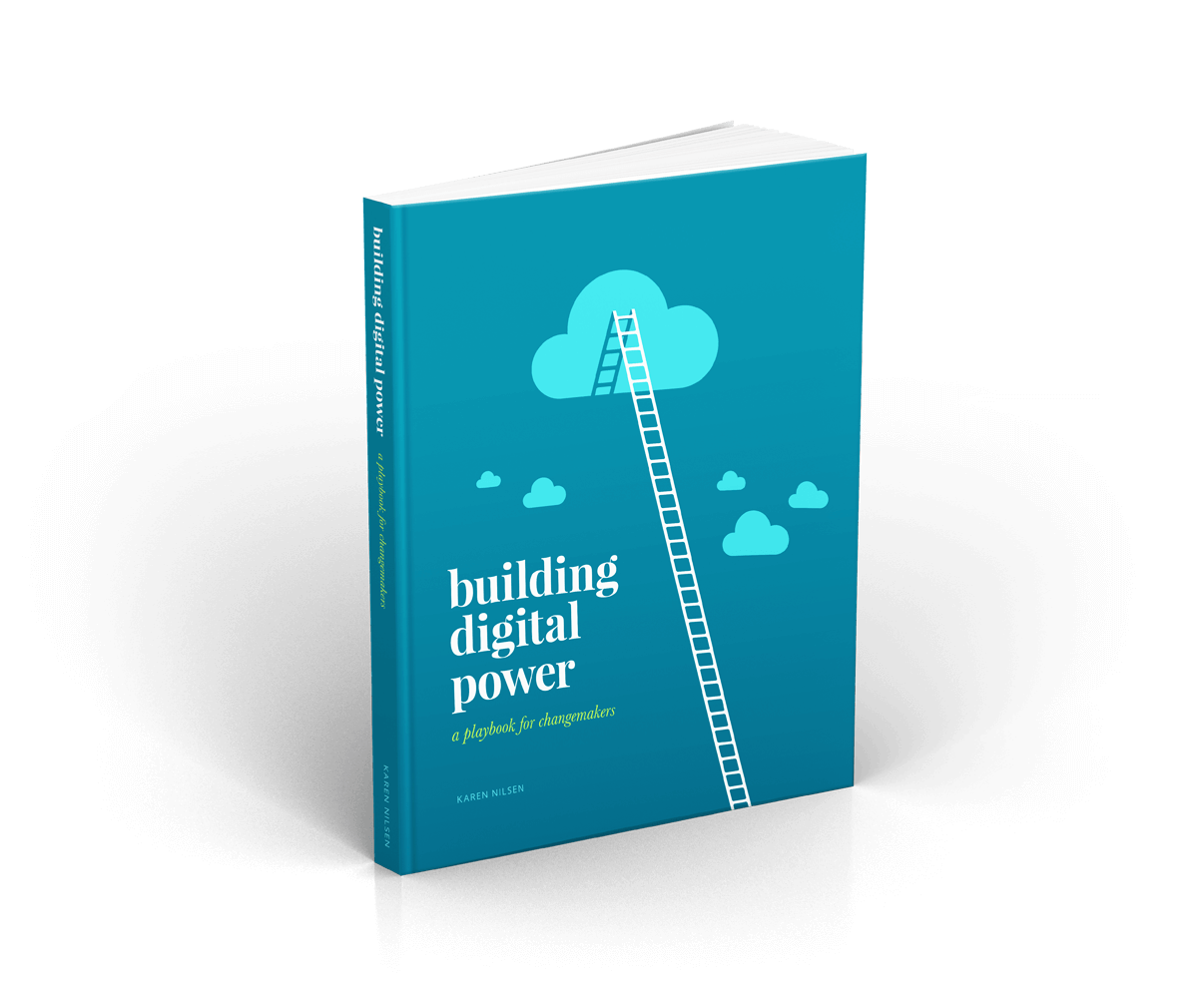How Much Data Do You Really Need to Make Segmentation Work?
Imagine you’ve been asked to have an important conversation with ... ‘someone’. Chances are, you’ll be much happier to have that conversation if you know who that someone will be. Better yet if you know something about their background, what they care about, and what they’ve been up to recently.
The more you know, the easier that conversation is going to be. The same goes for digital comms and online supporters. Every time supporters engage, their behavior reveals a little more about their interests and preferences. If you’re paying attention, you’ll notice that supporters are effectively writing their own personalized user manual on how to get their attention, nurture their advocacy potential, and sustain their engagement. All you then need to do is read it!
To make this work, you’ll need to capture two types of data in each interaction: profile data and activity data. This will maximize the value of segmentation.
1. Profile data
Any ‘fixed state’ information that you’ve captured. For example:
- Location
- Year of birth / age range
- Birthday
- Electorate / political party representation
- Membership / donor status
- List subscriptions
- Etc.
How to build your own digital power, in 200 pages.
Free eBook2. Activity data
These are the actions your supporter has taken with you. For example:
- Signed petitions/advocacies
- Literature orders
- Event RSVPs
- Fundraising history
- Donation history
- Email responsiveness
- Etc.
To make activity data useful, make it searchable by date and potentially other fields such as issue or campaign. Time-sensitive data like this can unlock behavioral segmentation.
As soon as you know one meaningful thing about your supporters, you can start to segment your list. The more you know, the more effective your segmentation can become.
Make the effort to understand what data you have access to. If you’re not recording this type of information yet, you won’t be able to build supporter profiles or use segmentation meaningfully. Get onto that! If you are recording this information but can’t access it, talk to your tech team about gaining access to a segmentation widget that can create recipient lists for your broadcast system.
Sometimes the volume of data you have access to can be overwhelming. If this is the case, you may need to simplify your profiling approach to make it more accessible.
Segmenting for ‘Behavior’ vs ‘Intention’
When it comes to targeting the best supporters for specific activities, many of us are using (or have used) the sub-list model. You know—the ‘list within the list’ approach. This involves recruiting supporters onto purpose-designed lists...
5 minute readWhen it comes to targeting the best supporters for specific activities, many of us are using (or have used) the sub-list model...
Continue →Get a free weekly digital strategy tip:
Unsubscribe any time. We respect your data. View the privacy policy.
Like this tip? Share it!






